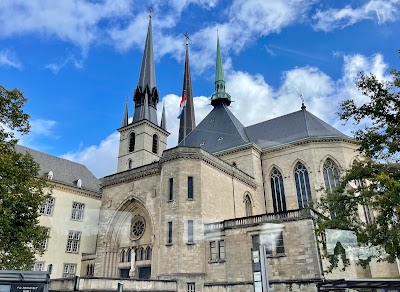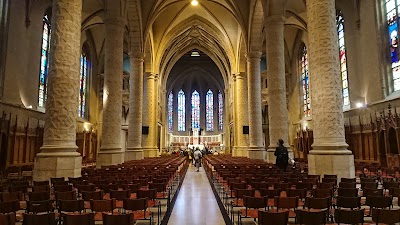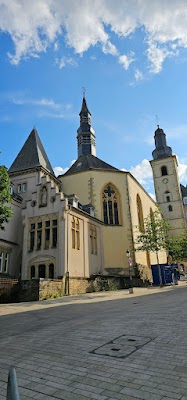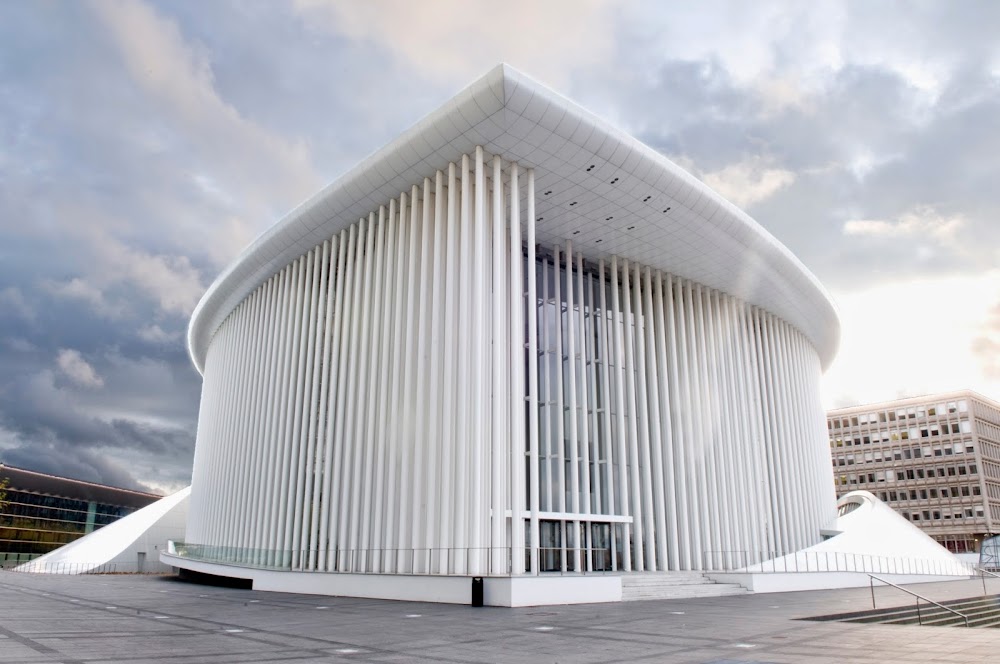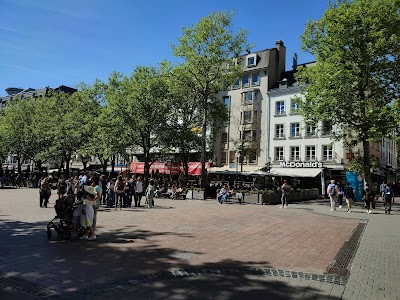Notre-Dame Cathedral (Cathedrale Notre-Dame)
Overview
Overview of Notre-Dame Cathedral
Nestled in the heart of the Luxembourg District, Notre-Dame Cathedral stands as a remarkable testament to history and culture, with roots tracing back to the 17th century. Originally constructed as a Jesuit church between 1613 and 1621, it now serves as the Roman Catholic Cathedral of Luxembourg City. As one of the region's most iconic landmarks, it attracts countless visitors each year, drawn in by its stunning architecture and profound historical significance.
Historical Significance
The history of Notre-Dame Cathedral is intricately linked to that of Luxembourg itself. Designed by the Jesuits not just as a place of worship but also for education and community engagement, the church underwent a significant transition in 1773 when the Jesuits were suppressed. Control of the church was transferred to the State of Luxembourg, and in 1870, it was consecrated as the cathedral of the newly formed diocese. This rich historical context reveals the cathedral as a living witness to centuries of change and growth within Luxembourg.
Architectural Marvel
Architecturally, Notre-Dame Cathedral is a stunning blend of late Gothic design interspersed with Renaissance elements. The cathedral boasts three striking towers, with the central tower completed in 1935 during a period of modernization. As you approach the cathedral, the statue of the Madonna and Child above the entrance welcomes you, showcasing the artistic diversity present in its design. Inside, the soaring nave, ornate altar, and vibrant stained-glass windows create a serene atmosphere, bathing the interior in colorful light, perfect for reflection and admiration.
Cultural and Spiritual Importance
Beyond its architectural beauty, Notre-Dame Cathedral holds immense cultural and spiritual significance. It serves as the final resting place for members of the Grand Ducal Family, interred in the crypt below, further solidifying its status as a national heritage symbol. Additionally, the cathedral houses the revered statue of the Comforter of the Afflicted, the patron saint of Luxembourg City. Each year, during the Octave of Our Lady of Luxembourg, a pilgrimage that dates back to 1624 draws thousands of visitors seeking solace and paying homage.
A Hub for Music and the Arts
What sets Notre-Dame Cathedral apart is its ability to resonate with people from all walks of life. The experience is heightened by the beautiful music that fills the space, especially during regular concerts featuring the cathedral's impressive pipe organ. These performances not only enchant audiences but also reinforce the cathedral's role as a vibrant hub for spiritual and cultural activities. Attending a concert in this serene setting, enriched by exceptional acoustics, promises to be an unforgettable experience.
Artistic Treasures
For art enthusiasts, Notre-Dame Cathedral offers an impressive collection of sculptures, paintings, and intricate woodwork. Highlights include the Angelus bell, cast in 1666, along with various statues and carvings that narrate biblical stories and local traditions. The Lady Chapel, or Marienkapelle, stands out with its harmonious blend of artistry and spirituality, providing a tranquil retreat within the cathedral's grand interior.
A Living Monument
While the cathedral is undoubtedly a historical monument, it remains an active place of worship, hosting regular masses, weddings, and special religious events. This dynamic role seamlessly bridges the past with the present, allowing visitors to experience both the rich history and the ongoing life of contemporary Luxembourg. Guided tours are often available, offering deeper insights into the cathedral's storied past and its significance in the community.
Visiting Notre-Dame Cathedral
For those traveling to the Luxembourg District, Notre-Dame Cathedral is conveniently located and easily accessible, making it an ideal starting point for exploring the city's vibrant culture and history. Various guided tours are on offer, perfect for those eager to uncover the architectural and historical intricacies of the cathedral. Its proximity to other notable attractions, such as the Grand Ducal Palace and the National Museum of History and Art, enriches your cultural outing.
Conclusion
In summary, Notre-Dame Cathedral in Luxembourg District is more than just a place of worship; it is a treasure trove of history, artistry, and cultural significance. Whether you are an admirer of Gothic architecture, a history enthusiast, or a curious traveler, a visit to this majestic cathedral offers a rewarding experience filled with glimpses into the storied past and vibrant present of Luxembourg.


